
As far back as I can remember, I’ve been the type of person that reads a book or watches a show and imagines being able to step into the world. Things like the Star Trek Holodeck made it easy to imagine, even before VR was a common topic, that we could someday step into various fictional realities and feel present.
As virtual reality has become not only talked about, but even relatively common, you might expect a huge selection of virtual spaces that transport you to fictional destinations. Alas, this hasn’t been so. Meta Horizon Worlds, Mozilla Hubs (R.I.P.), and other metaverse offerings have long hosted amateur recreations, but the quality has always been very low, or the system requirements high enough to put them out of reach. It’s more common to see a YouTube video of a remade TV/movie set than it is to be able to download it.
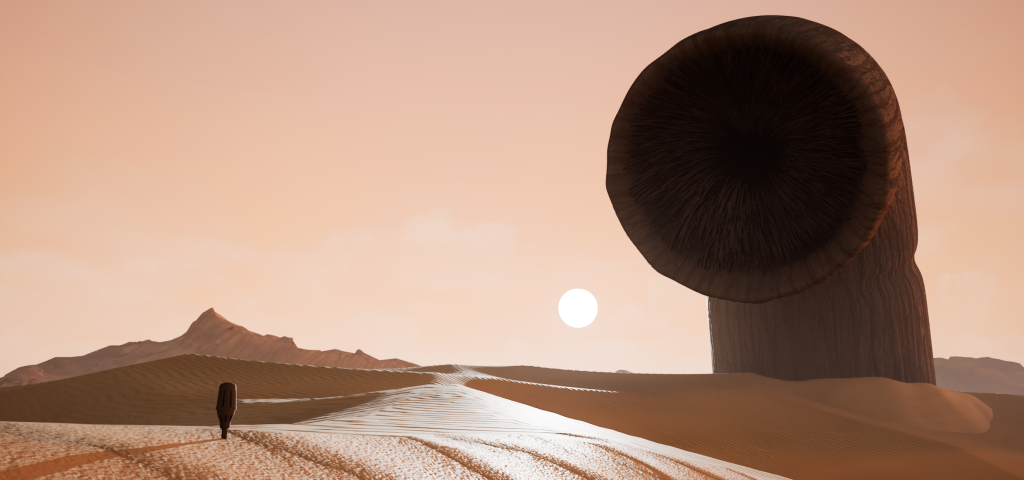
Barriers
One reason for this is just the effort it takes. Not just for the recreation, but also for the optimization work to make it run reasonably well without a super high-end computer. It’s also more work to test it across different headsets and polish it. Finally (and likely the biggest reason), there’s always the perceived risk of doing the work just to have a legal “takedown” notice demanding it be removed from distribution or face ludicrous sanctions. Sadly, trying to create an authorized licensed environment is nearly impossible to achieve without being a major entertainment company with deep pockets. For smaller labors of love, it’s hard to ever get any satisfaction.
That all being said, thankfully there are people out there who pour their heart and soul into creating these associated works anyway. Alan Geran is one of these people.
Getting Started
Way before any kind of adult responsibilities, at 12 years old, Alex was playing with the advanced 3D modeling and animation tool called Blender. Somewhere between 2006 and 2010 he was creating scenes from his imagination and from the movies. It helped to set his path in the direction of the advanced kind of work required to go from a simple model to a full scene. These skills include creating/downloading the best models, using realistic colors and textures, adding the right light and shadow effects, and developing an eye for overall composition.
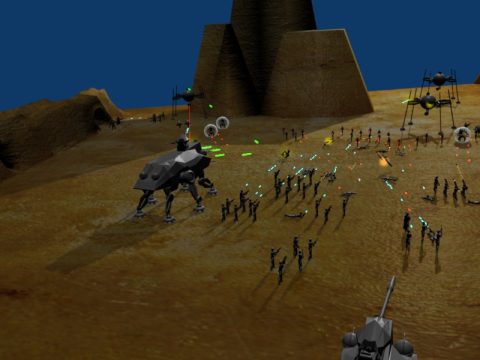
A Modeling Career
Later he was able to put his enjoyment of 3D to work, eventually taking a job in the aerospace industry. Alex already knew that creating environments and scenes using 3D graphics was fun and rewarding. He could now leverage it as a tool for illustrating difficult concepts for others. 3D has a way of making things real in a way that hand-drawn images just can’t compete with. His skills grew as he produced different scenes for different situations.
He continued working on building scenes at home. He could practice and try new features by recreating them with more and more detail. Some of this practice led to new techniques to try at work. It also made him realize how amazing it is to see these well-known locations come to life by your own hand.
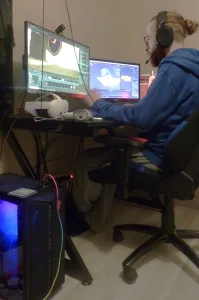
Passion Projects
There’s often a divide between what’s fun at work and fun at home, but thankfully 3D modeling was a skill that could be used in both contexts. Building these 3D interactive scenes was fun, but there was unrealized potential. Then, four years ago, Alex got the VR bug.
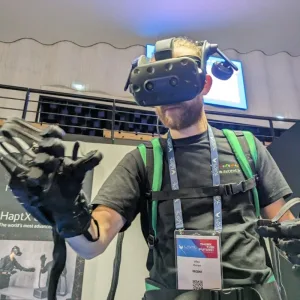
After creating a scene in 3D for the desktop, it’s a short leap to realize how much better it would be in VR. Given the available features in the Unreal Engine, it seemed reasonable to be able to add the immersive features without completely relearning everything. There’s definitely a learning curve, but it’s not unreasonable. Better still, it was immensely satisfying to put on a headset and step into what you made – not only for yourself, but also to share with friends.
Of Particles and Light
He also prides himself on using some of the latest advances in Unreal Engine: better light using Lumen and better detail using Nanite. Both Lumen and Nanite bring unheard-of advances to what the engine can do in real-time with less work. Previously, lighting and shadows that could adapt to time of day, reflections, bouncing and refracting, and just appear like light required shortcuts, trade-offs, and manual work. Similarly, making 3D models that look good at any distance, without just slowing things down (or looking ugly), was all about compromise in visuals vs. performance. Using Lumen and Nanite brought these features to the engine so every app could take advantage of them with much less work.
Armed with more years of experience along with the new Unreal tools, it’s only natural that he wanted to share his extracurricular work with others. Since he doesn’t have the backing of big studios and his smaller experiences seem less suited to publishing through Steam, it comes down to finding his own audience. There’s also the question of how much, if any, income can be made from these works. They require hours of work, but the inspiration comes from elsewhere. It’s not easy to come up with a model that can help support your work without running afoul of the law.
Supporting the Artist
Alex knows it’s probably a bad idea to sell his creations (Steam, Meta Quest, etc.) but given the time it takes him to produce them, supporting his endeavors through Patreon seems like a safe compromise. For just $5/month, you can help him by allowing him to buy asset packs, tools, and devices that are needed to continue his hobby. It’s not self-supporting yet, but hopefully that can change with more exposure. Of course, there’s always a risk with being too big since legal departments may think it’s starting to look like selling products, but it’s really just supporting a cool artist and getting copies of his work when they come out. Before Patreon, this was harder to do. Even with Patreon, it can be hard to make much money, but at least there’s a platform to make it easier.
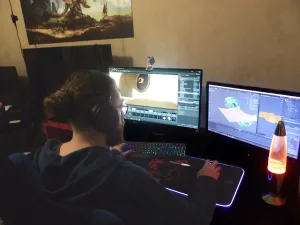
More to come!
We certainly hope that Alex can continue to produce his VR environments. As of this interview, he’s put many hours into a 300-themed scene, but hasn’t released it yet as he continues to tweak performance to run well on most systems. He’s also started work on a natural outdoor environment where you are at a small scale. He plans on a version that’s more realistic along with a more cartoonish one (think The Secret World of Arrietty). I asked about one of my favorites, Back to the Future, but he’s being tight-lipped about other releases further down the road. It’s hard to come out with a strong idea and generate excitement just to be hampered by the execution.
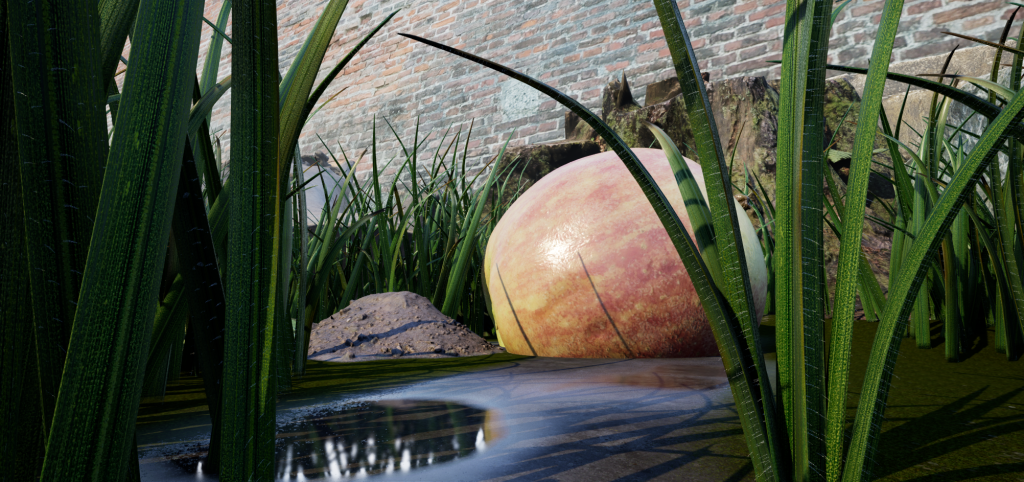
As long as Alex continues to produce these scenes, he can be assured that there will be fans. The unfortunate reality is that with too much success, he may attract the wrong attention. We definitely recommend signing up to support him on Patreon. They’re just a lot of fun! Thanks, Alex, for the hard work to bring our imagination to life!

Details
- Platform: Patreon
- Creator: 23AnalyseStudioVR
- Monthly: $5 (US)
- Releases: Four scenes so far, plus progress updates

